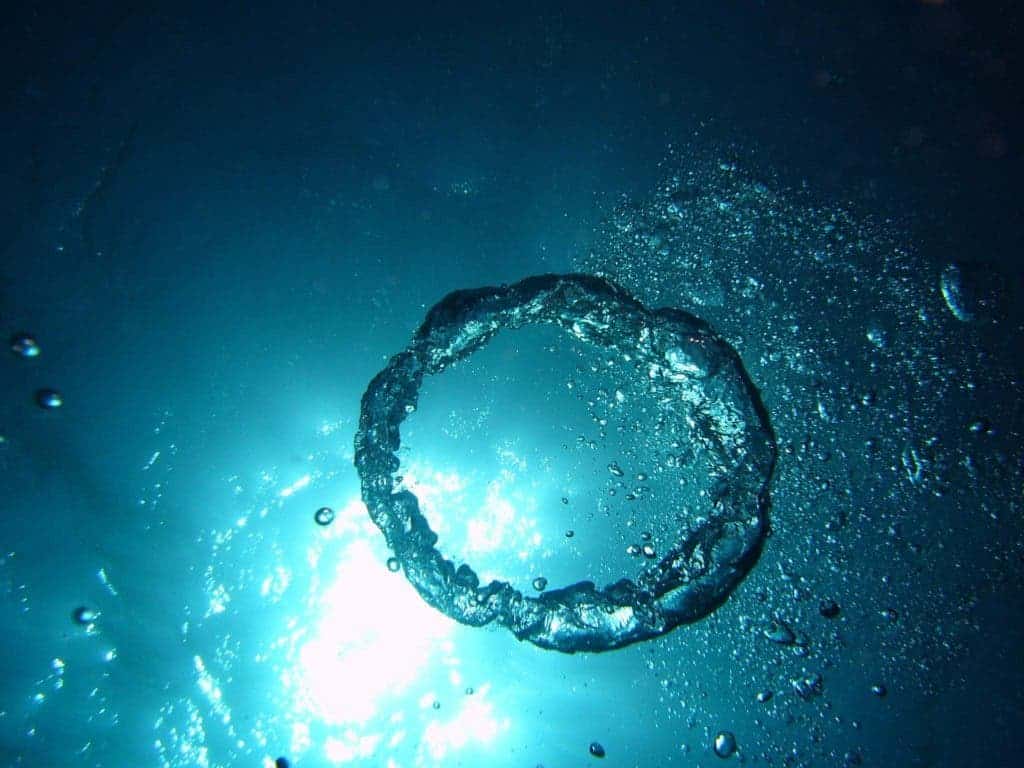While the history of oxygen on Earth is believed to have started with microorganisms or plate tectonics, a new paper reports that this may not be the case.

The study suggests that the distinct oxygenation events that shaped the Earth’s atmosphere into what it is today may have happened spontaneously, rather than through particularities of our planet (such as biological and tectonic activity). The findings give new insight into the possible history of our planet and offer renewed hope of finding oxygen on alien worlds.
Self-oxygenating?
“Based on this work, it seems that oxygenated planets may be much more common than previously thought, because they do not require multiple — and very unlikely — biological advances, or chance happenings of tectonics,” says study lead author Lewis Alcott, a postgraduate researcher in the School of Earth and Environment at Leeds.
“This research really tests our understanding of how the Earth became oxygen rich, and thus able to support intelligent life.”
Until roughly 2.4 billion years ago, Earth’s atmosphere held no meaningful levels of oxygen. This is due to the gas’s high chemical reactivity — it will bind with almost everything, scrubbing it out of the air. However, that’s when the first of three oxygenation events in our planet’s history occurred.
The first is known as the “Great Oxidation Event”. Subsequent oxygenation events occurred around 800 million years ago and 450 million years ago, leading to the concentrations of atmospheric oxygen of today.
In order to understand how it came to be, the team modified a well-established model of Earth’s marine biogeochemistry to make it run during the entire history of the planet. This model, they report, also produced three different oxygenation events all by itself. This, the team explains, strongly suggests that that beyond early photosynthetic microbes and the initiation of plate tectonics — both of which were established by around three billion years ago — it was simply a matter of time before oxygen would reach the necessary level to support complex life.
While previous research into the appearance of oxygen in Earth’s atmosphere focused on biological revolutions (where life such as algae essentially ‘bioengineers‘ oxygen-rich atmospheres) and tectonic revolutions (the generation of oxygen through volcanic processes), this study highlighted a series of feedback between the global phosphorus, carbon and oxygen cycles. These three together are capable of rapidly shifting ocean and atmospheric oxygen levels without any input from life or tectonics, the team explains. The transitions are driven by the way the marine phosphorus cycle responds to changing oxygen levels, and how this impacts photosynthesis, which requires phosphorus.
The results should bolster our hopes of finding alien planets with oxygen gas present in their atmosphere. While this isn’t a prerequisite for life, it is, to the best of our understanding, essential for the evolution of large, complex organisms — which require a lot of energy.
“Our model suggests that oxygenation of the Earth to a level that can sustain complex life was inevitable, once the microbes that produce oxygen had evolved,” explains study co-author Professor Simon Poulton, also from the School of Earth and Environment at Leeds.
“Our work shows that the relationship between the global phosphorus, carbon and oxygen cycles is fundamental to understanding the oxygenation history of the Earth. This could help us to better understand how a planet other than our own may become habitable,” adds Dr Benjamin Mills, senior author of the study.
The paper “Stepwise Earth oxygenation is an inherent property of global biogeochemical cycling” has been published in the journal Science.






